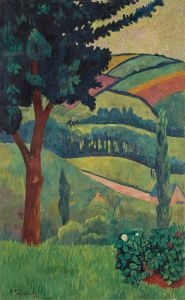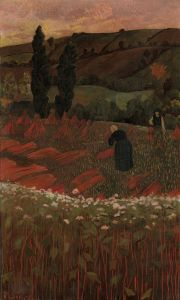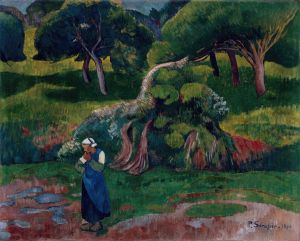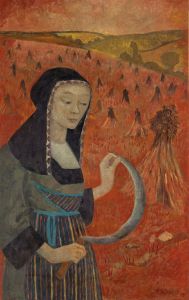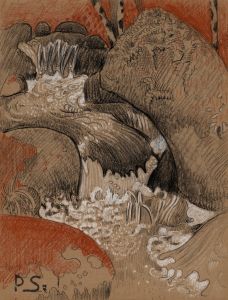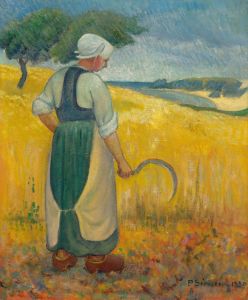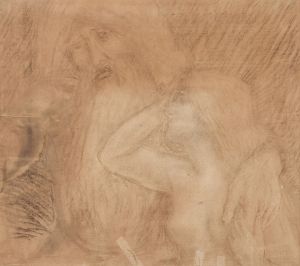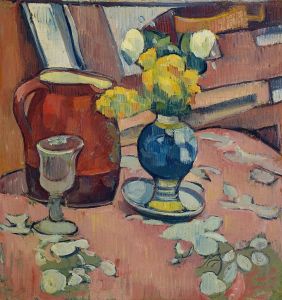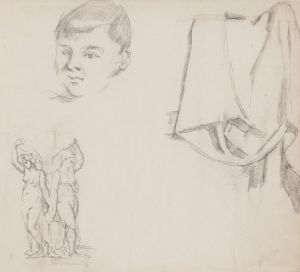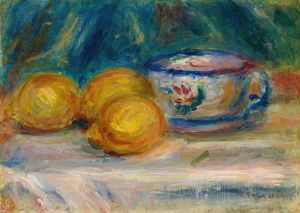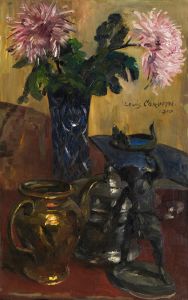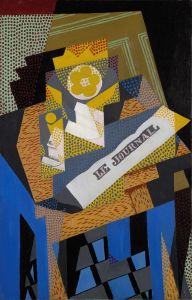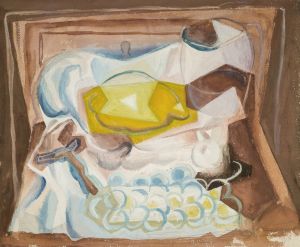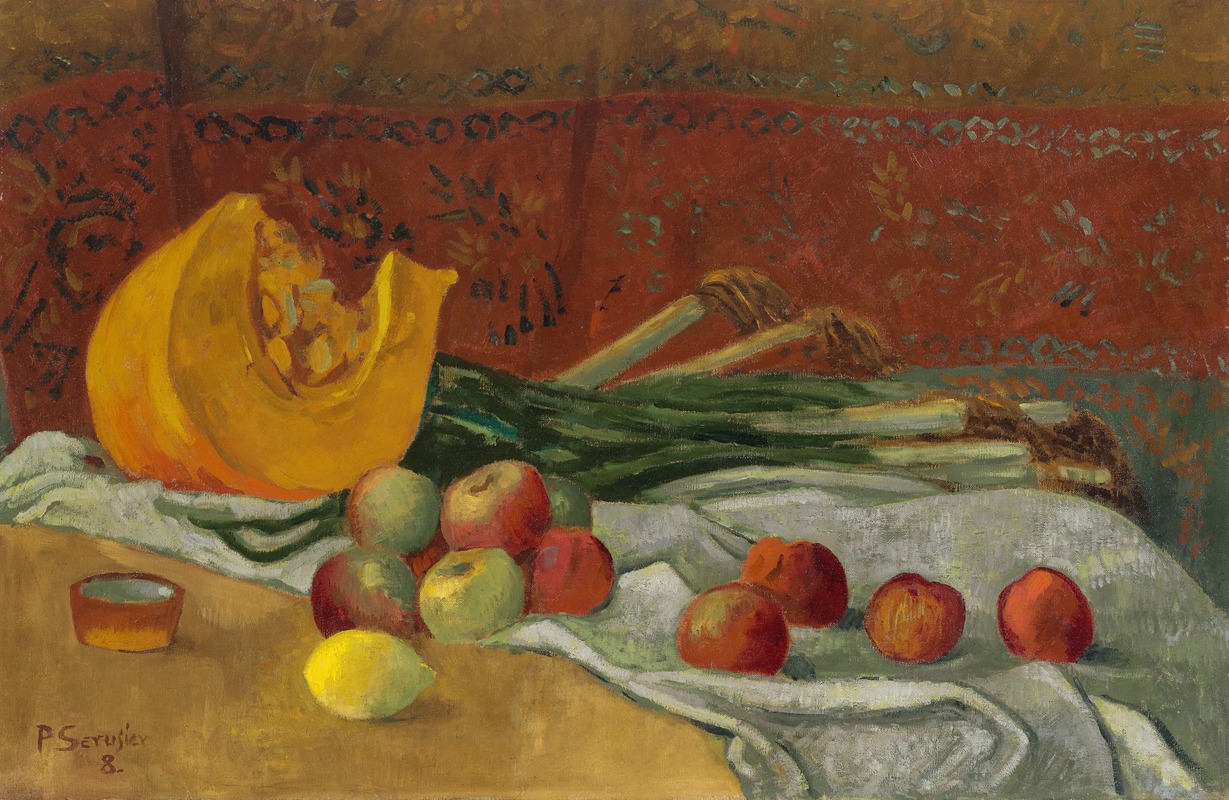
Nature morte au potiron
A hand-painted replica of Paul Sérusier’s masterpiece Nature morte au potiron, meticulously crafted by professional artists to capture the true essence of the original. Each piece is created with museum-quality canvas and rare mineral pigments, carefully painted by experienced artists with delicate brushstrokes and rich, layered colors to perfectly recreate the texture of the original artwork. Unlike machine-printed reproductions, this hand-painted version brings the painting to life, infused with the artist’s emotions and skill in every stroke. Whether for personal collection or home decoration, it instantly elevates the artistic atmosphere of any space.
Paul Sérusier's painting Nature morte au potiron (Still Life with Pumpkin) is a work that reflects the artist's involvement with the Post-Impressionist and Symbolist movements in late 19th-century France. Sérusier, a key figure in the Nabis group, was known for his innovative approach to color and composition, which sought to move beyond the naturalistic representation of objects and instead emphasize the emotional and symbolic resonance of forms and hues.
The painting, as its title suggests, depicts a still life centered around a pumpkin. Sérusier's use of bold, simplified shapes and a vibrant color palette aligns with the Nabis' philosophy of art as a synthesis of nature and the artist's subjective vision. The composition likely reflects Sérusier's interest in Japanese prints and decorative arts, which influenced many artists of his time. The Nabis, including Sérusier, often sought to create works that were not merely representational but also evocative, aiming to convey a sense of harmony and spirituality.
Nature morte au potiron exemplifies Sérusier's departure from traditional still-life painting. Instead of focusing on meticulous detail or realistic lighting, the work emphasizes flat planes of color and a deliberate arrangement of objects. This approach was informed by Sérusier's exposure to Paul Gauguin's teachings during his time in Pont-Aven, Brittany. Gauguin encouraged Sérusier and other artists to prioritize their emotional response to a scene over strict adherence to visual accuracy, a principle that Sérusier carried into his still-life compositions.
The exact date of Nature morte au potiron is not widely documented, but it is consistent with Sérusier's mature style, which developed in the 1890s and early 20th century. During this period, Sérusier explored themes of simplicity and abstraction, often drawing inspiration from everyday objects and natural forms. The painting's focus on a humble pumpkin may reflect the artist's interest in elevating ordinary subjects to the realm of fine art, a common practice among the Nabis.
Today, Nature morte au potiron is appreciated as an example of Sérusier's contribution to the evolution of modern art. His work, including this still life, played a role in bridging the gap between the Impressionist focus on light and color and the more abstract tendencies of early 20th-century art movements. The painting is held in a private or public collection, though specific details about its current location or provenance are not readily available in public records.
This artwork remains a testament to Sérusier's innovative spirit and his commitment to exploring new ways of seeing and representing the world through art.





